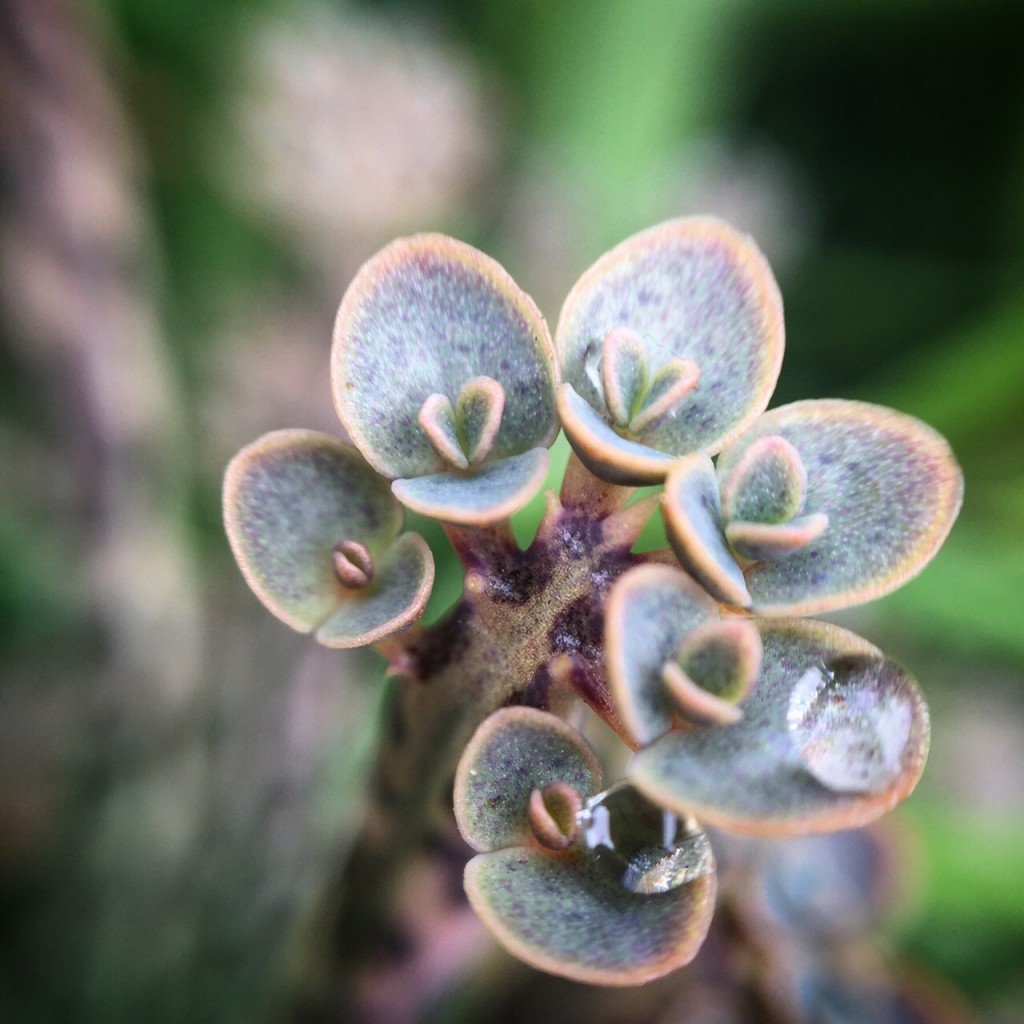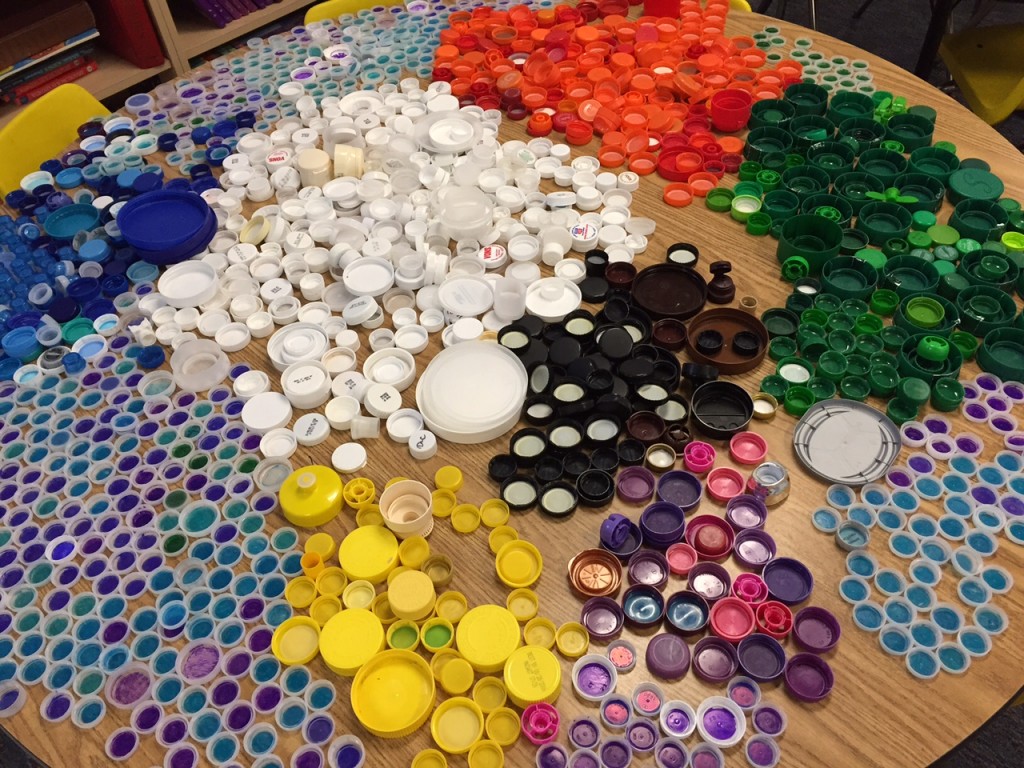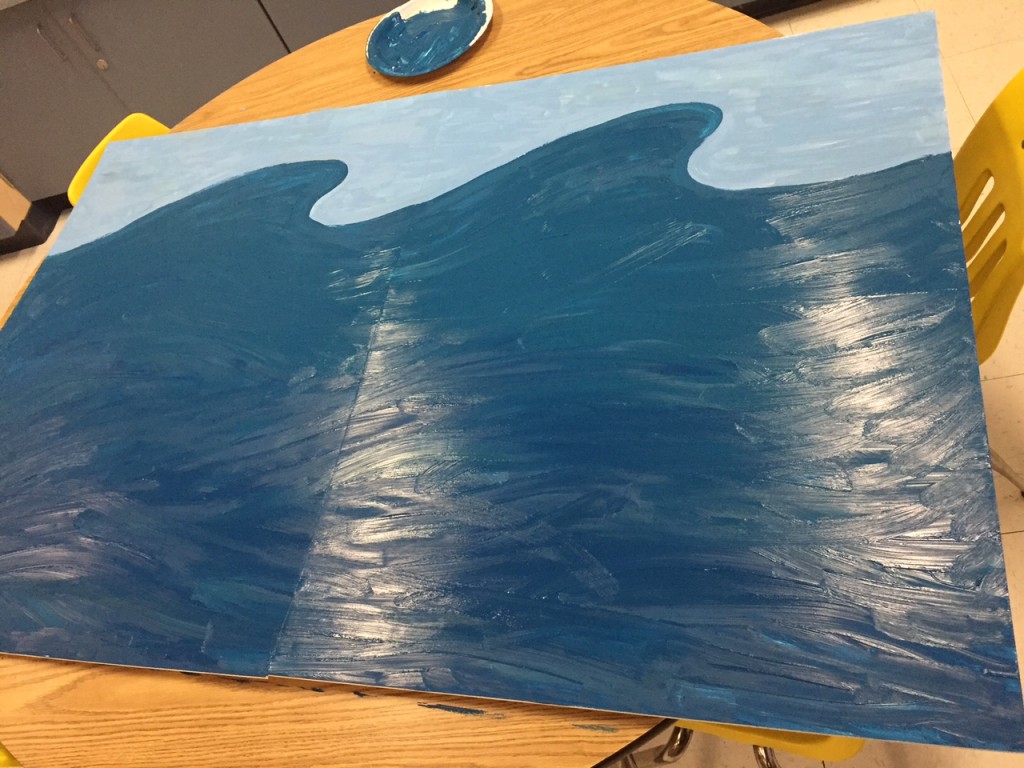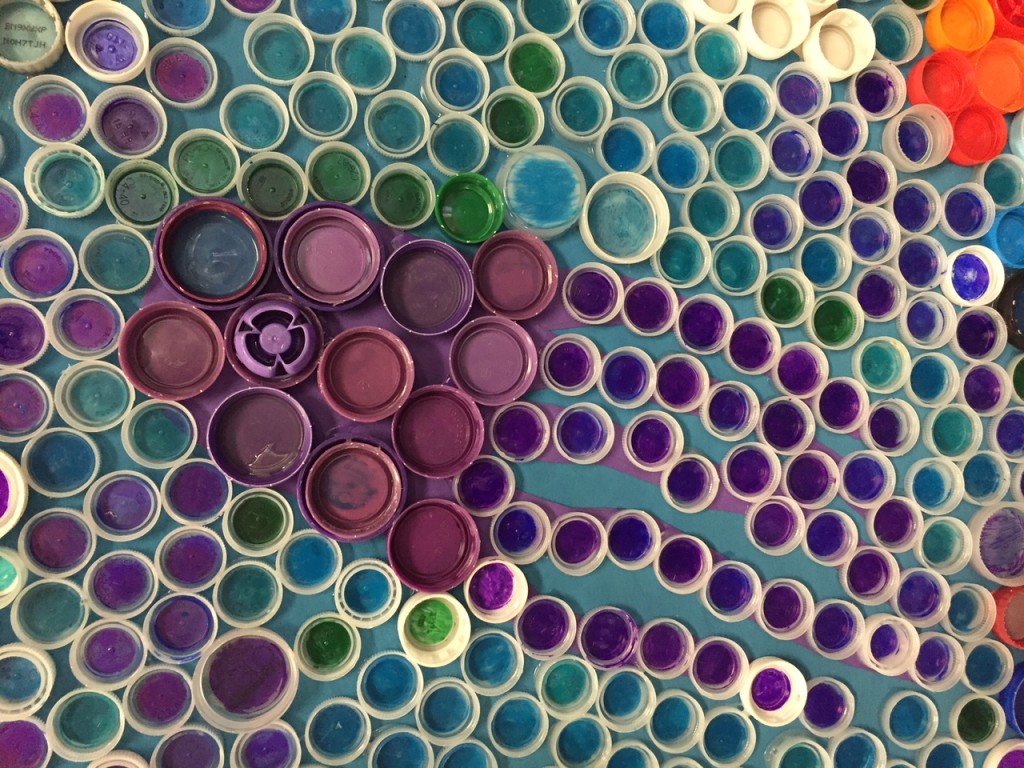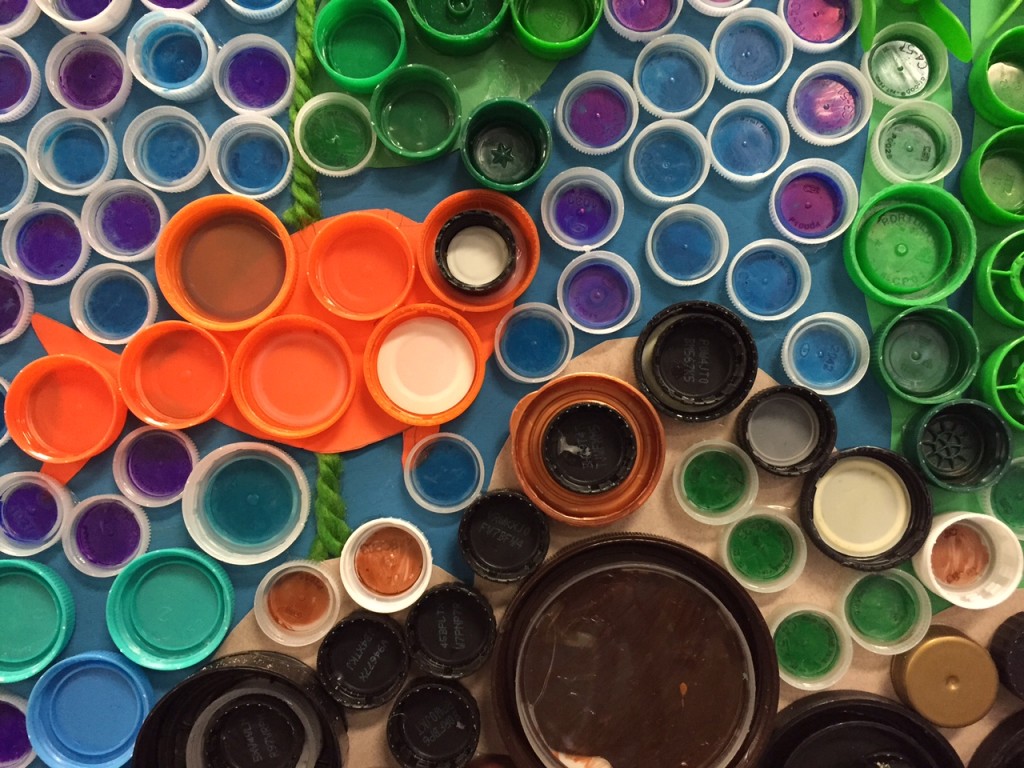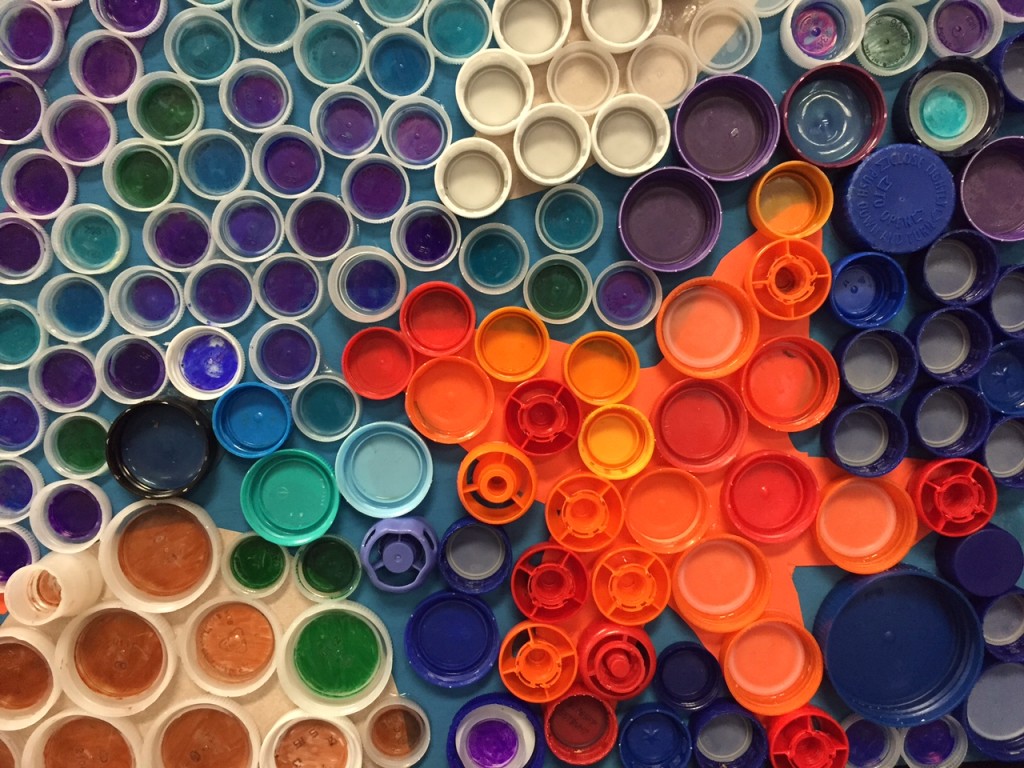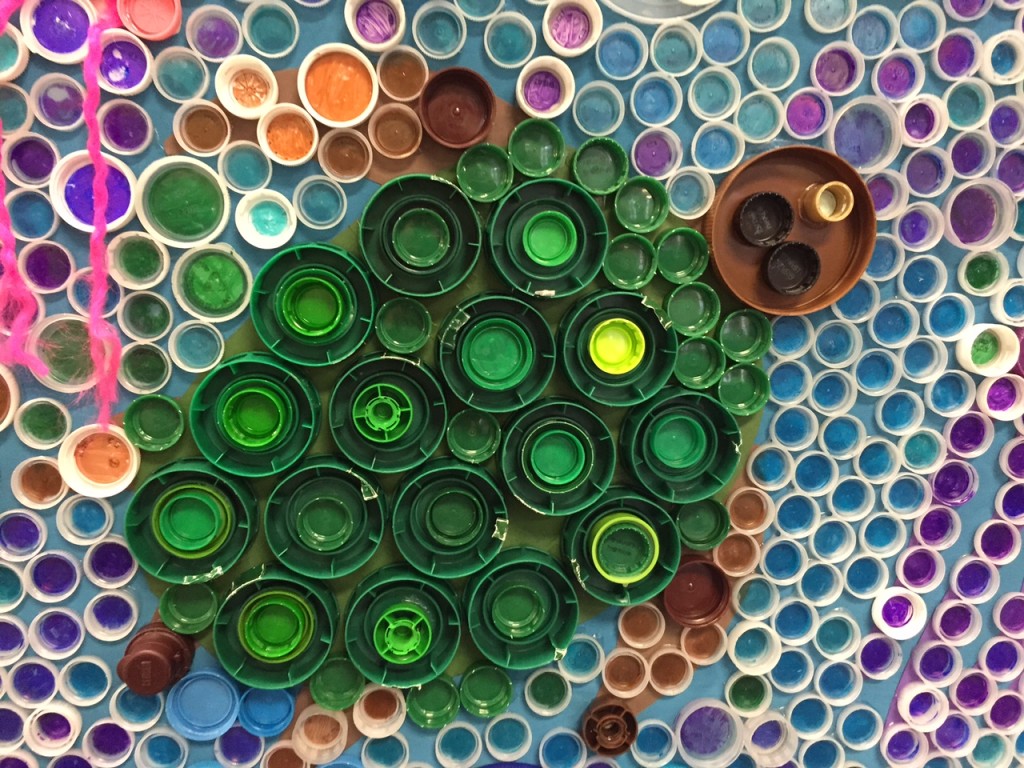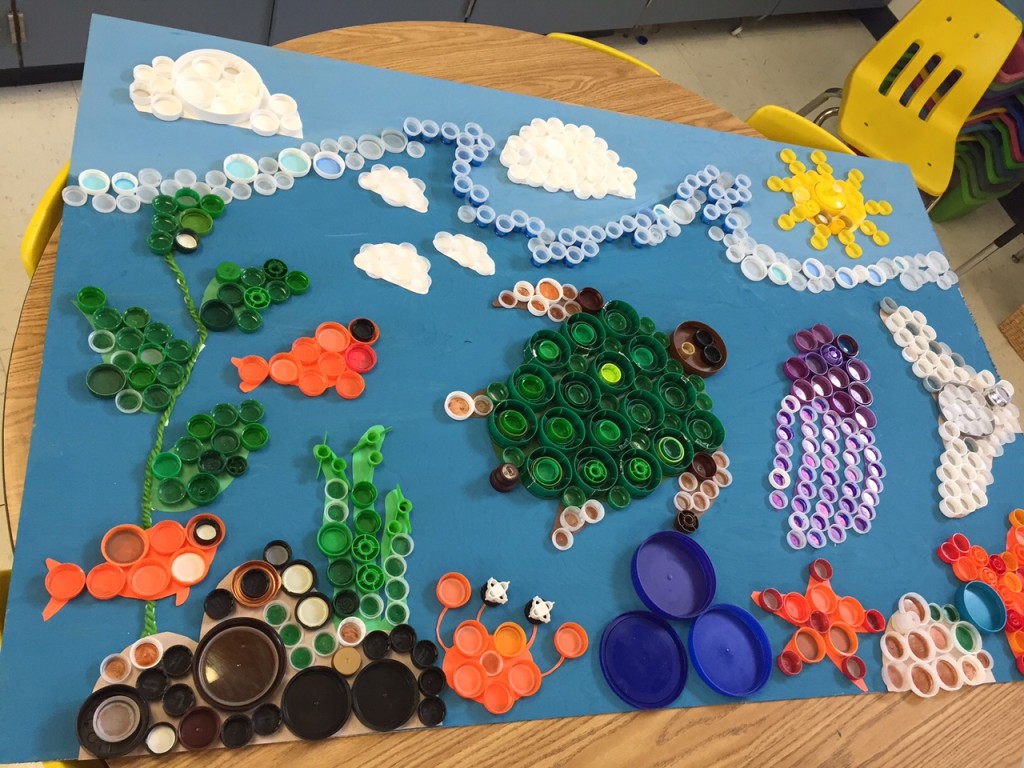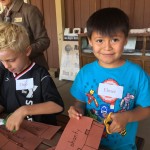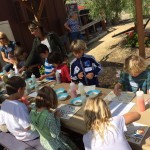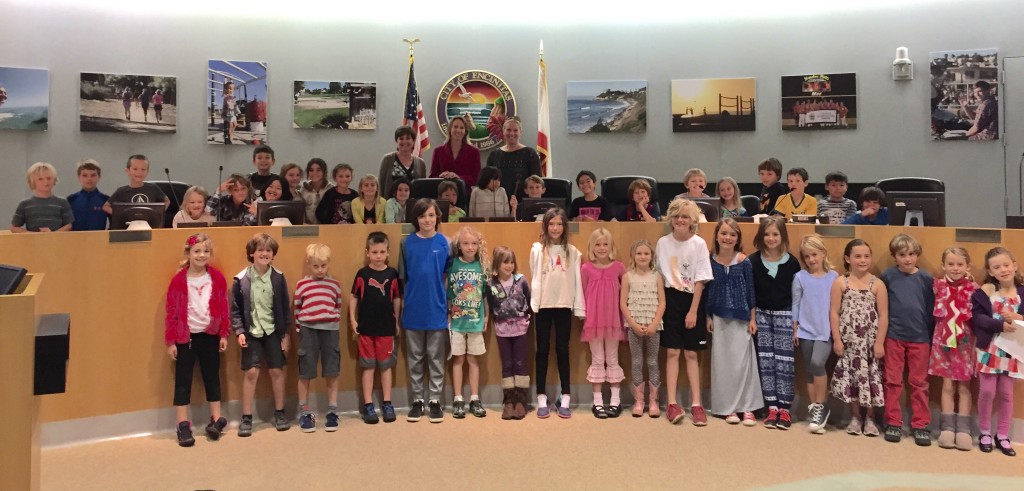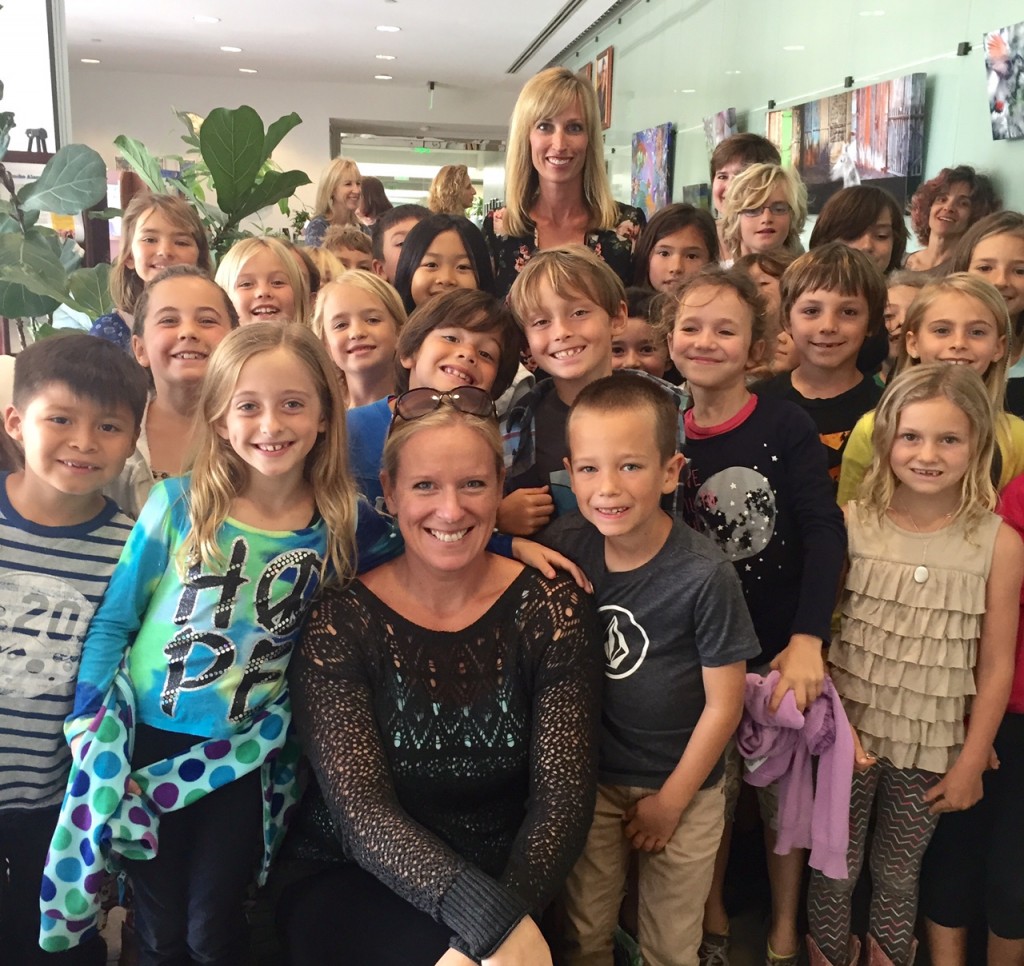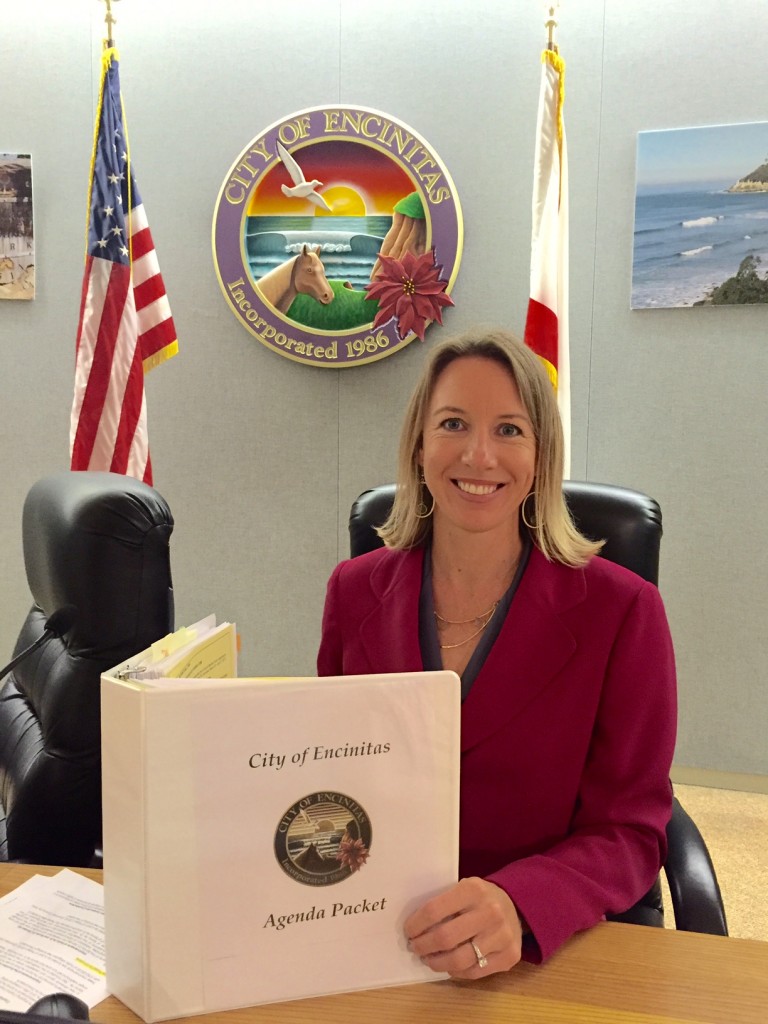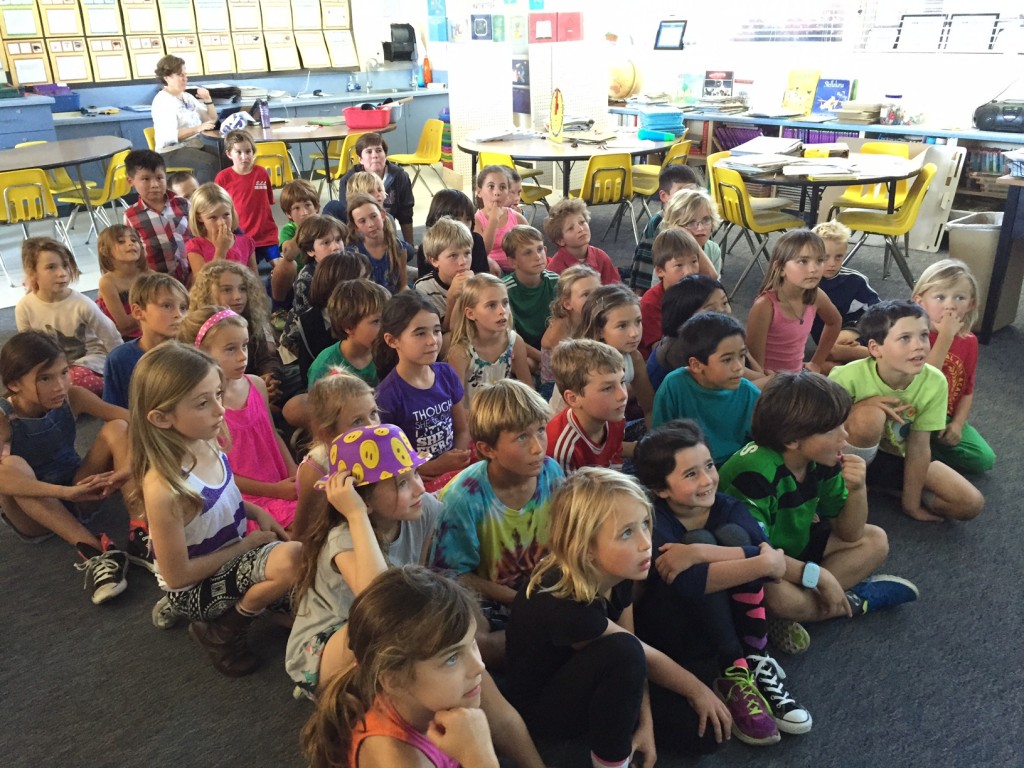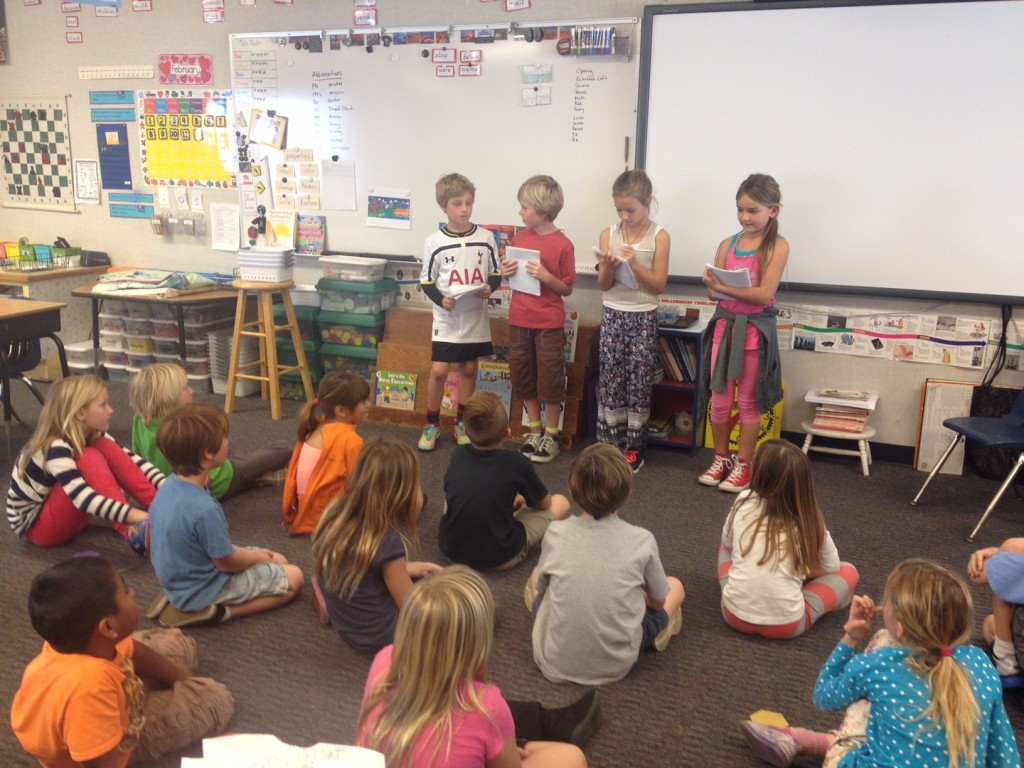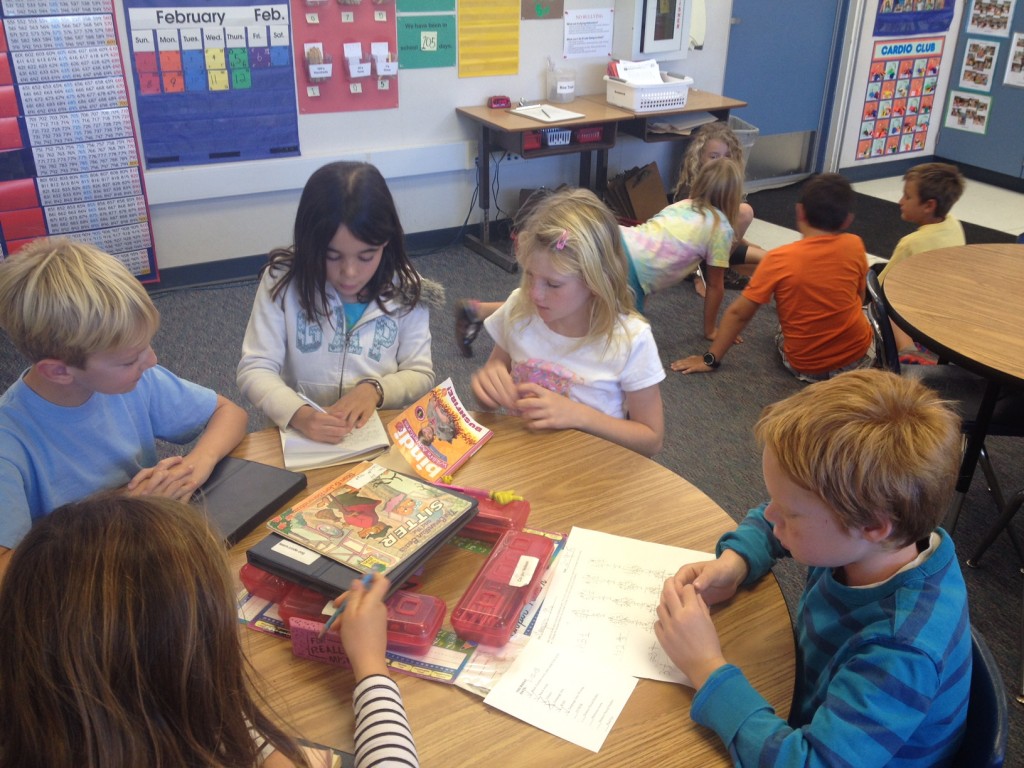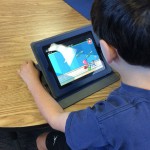What better way to reestablish ourselves as a community of learners after the long winter break than to engage in teamwork that involved transferring a marble from one end of the classroom or auditorium to the other using only a series of grooved wooden ramps?
It didn’t take long for students to realize the importance of communication and teamwork…and how much harder it is to work with a large team than a small one!
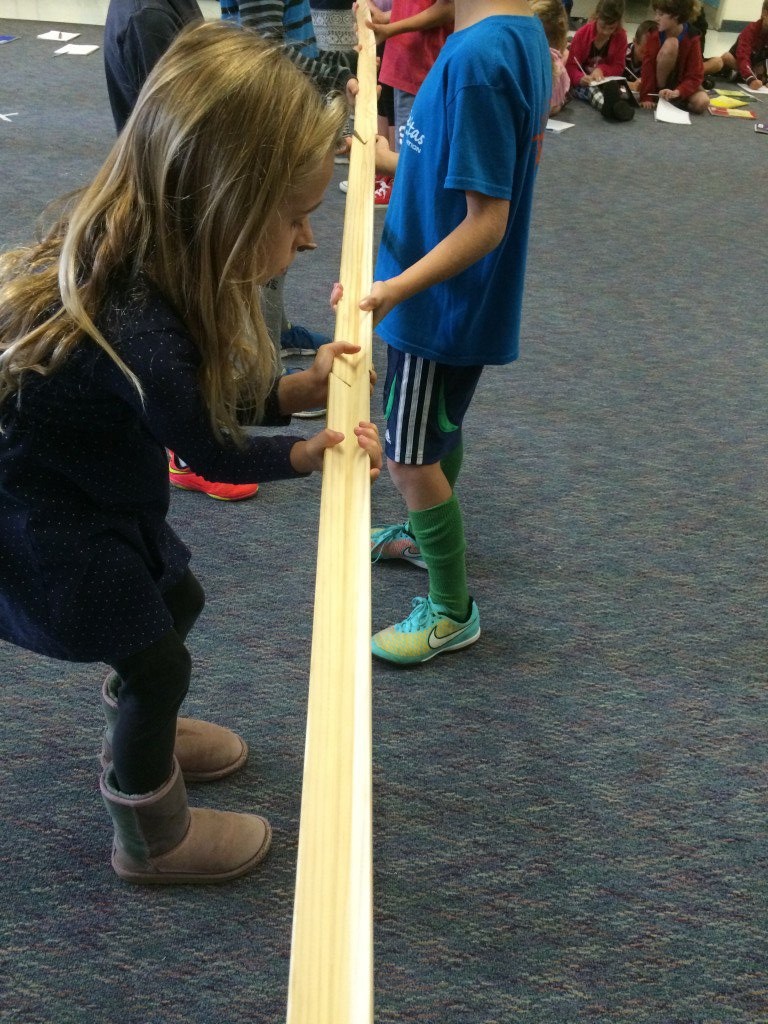
This marble challenge became the perfect introduction to our upcoming design challenge–making marble mazes!
To prepare students for this physical design and engineering challenge ahead of them, we read a couple of wonderful picture books to get student thinking about the attitudes and processes they would need to successfully complete the tasks. Rosie Revere Engineer by Andrea Beaty features an intrepid little girl who aspires to be an engineer…and who is already an avid inventor. She keeps her inventions under wraps…afraid that others will make fun of her…and when her favorite uncle laughs at one of her inventions…oh no…she wants to quit. Lucky for her, her passions and interests keep her going. (You’ll want to read this gem to see how the story turns out!) We followed that book with The Most Magnificent Thing by Ashley Spires…another book about a young designer, inventor, and engineer. These beautifully written books set the stage for the challenge to come!
And to give students just a taste of what was coming, we borrowed Ms. Parker’s magnetic marble maze, and as a class, created a maze on our white board. In many ways this magnetic maze was simple to manipulate…it easily attached to the white board just by setting it in place. But a more complicated challenge was coming for our students…
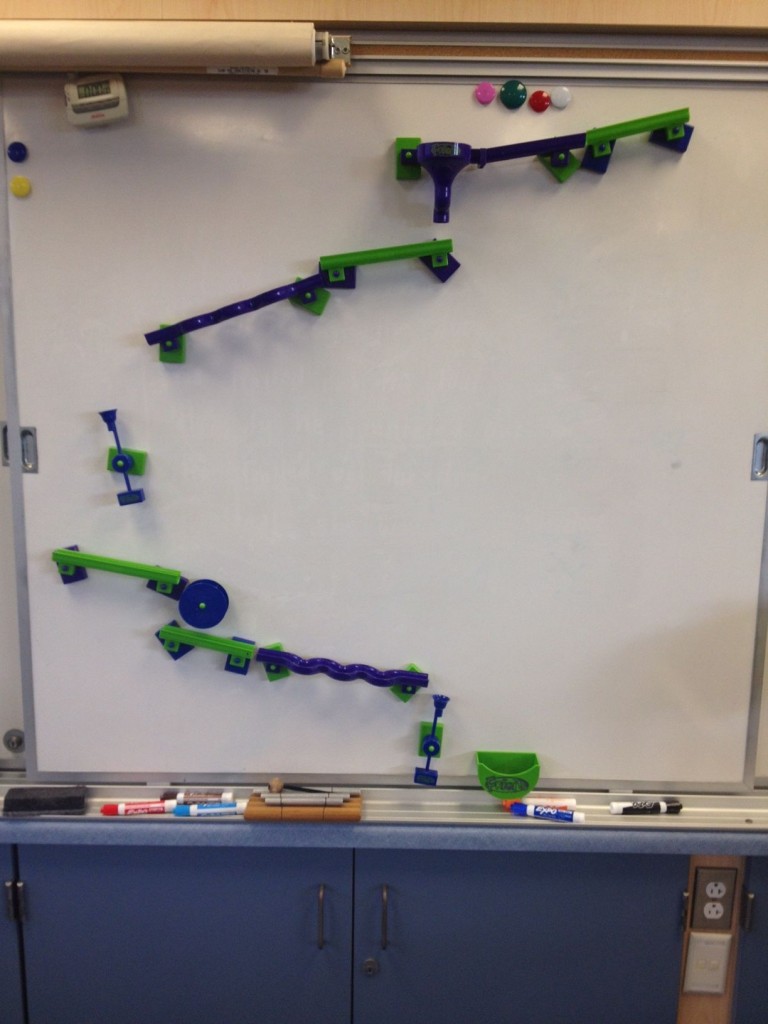
After many trips to Home Depot over winter break (and some construction help from Mr. Douillard), we had all the raw materials in place for a collaborative design challenge: peg boards, pegs, PVC pipe and connectors, funnels, clothespins, grooved wood pieces, paper tubes…and some masking tape.

In teams of four, students explored the possibilities for creating a marble maze machine-of-sorts for a marble to run through, staying in contact with chutes and half-pipes, making turns, going up and down hills, facing obstacles, and ultimately landing safely in the landing zone. The goal was to keep that marble running for as long as possible before reaching the end.
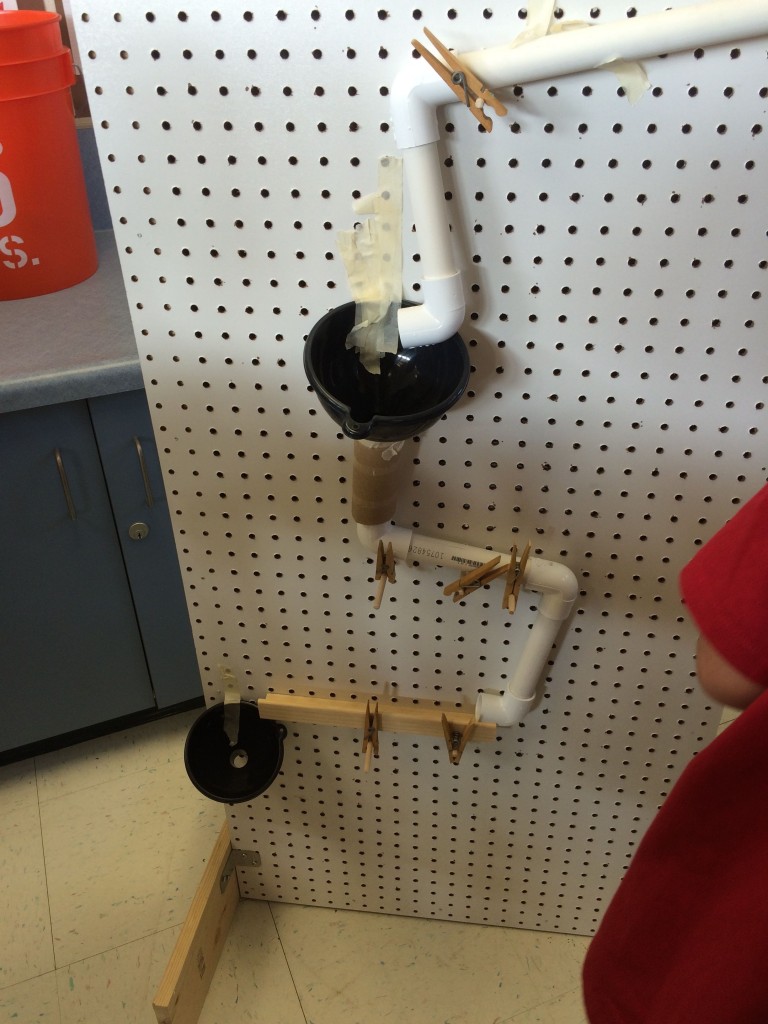
Communication and collaboration were essential skills during the challenge as groups figured out how to use ideas from all their members and keep everyone actively participating. They also had to put their critical thinking skills and creativity into action as they problem solved how to make ramps stay in place using only minimal amounts of masking tape.

Teams tinkered with their design, experimenting with slope as they changed the angle of ramps and tubes in an effort to impact the speed of the marble and change its trajectory. With each change came another trial, testing to see if this iteration would have the desired result. Teams watched carefully, noting where the marble strayed from the path, hit an obstacle, or missed the connection…and then they made a decision about what to do next to improve the design of the maze.
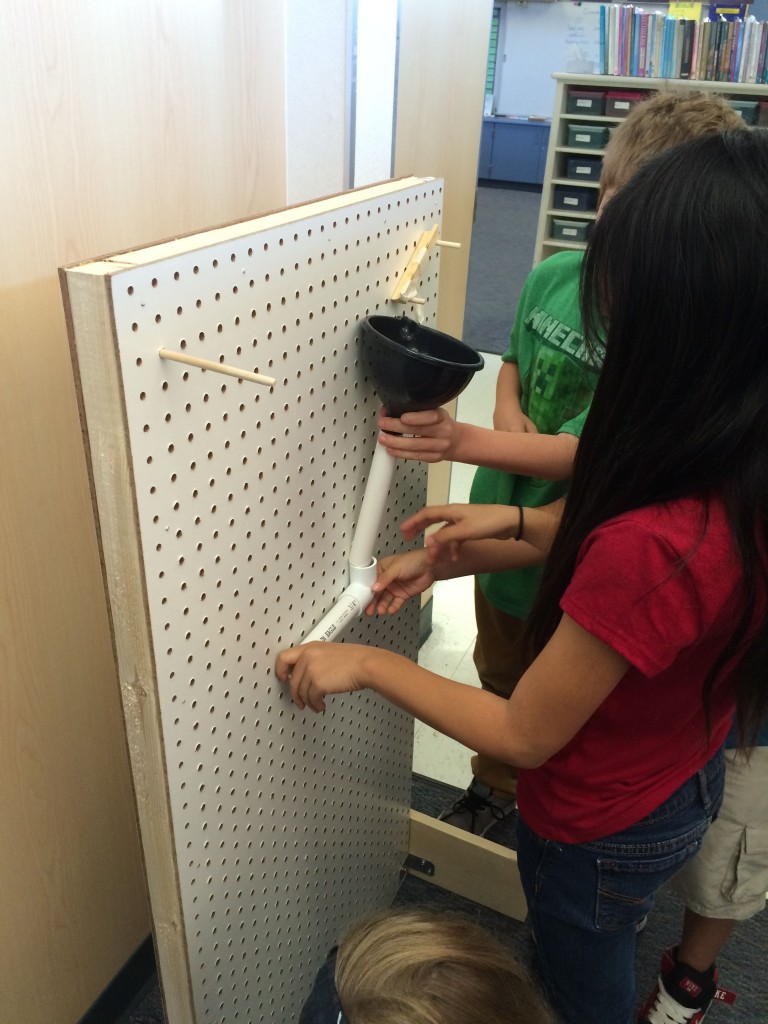
MAC students learned about many science concepts, as well as engineering and design as they worked through the construction of their marble mazes. But even more importantly, they are learning to problem solve, work collaboratively and cooperatively, to communicate effectively, and best of all, persist when faced with a challenging situation.

And best of all, they had fun! Joy and playfulness contribute to the learning process, increasing students’ desire to participate…some are still building mazes on their own time before school!
If all of that wasn’t enough, with Mr. Grisafe’s help, we were able to find an iPad app that also included maze-like design challenges. Amazing Alex challenges students to set ramps, bounce balls, pop balloons, and cut strings to set off a Rube Goldberg machine-like series of events.
There is plenty of making, creating, problem solving, and learning going on with our a-maze-ing MAC students!


